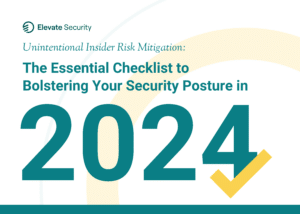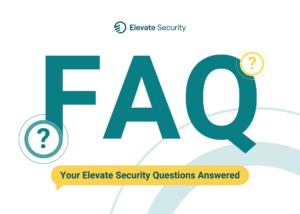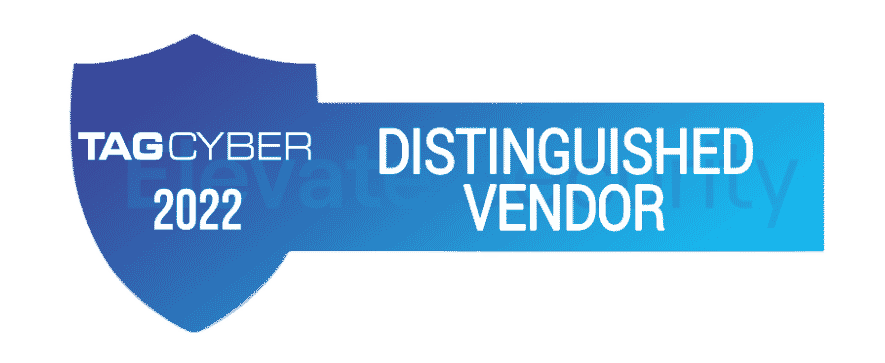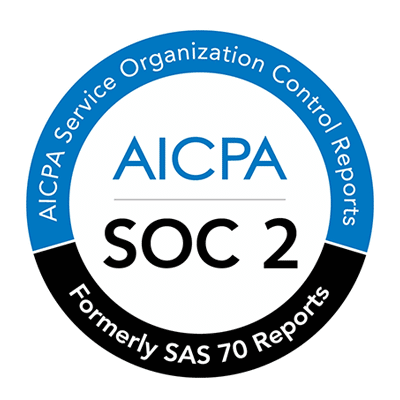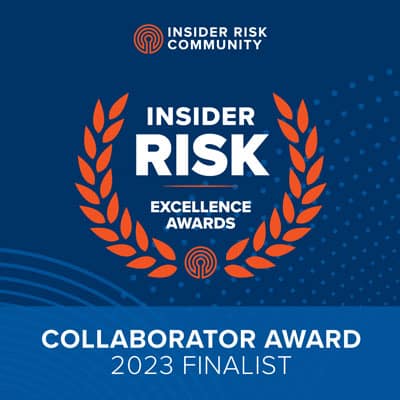
Today, source code protection is top-of-mind for engineering and development managers across all industries. Why? Because sophisticated attackers know that social engineered attacks on engineers and developers can produce direct access to source code, giving them maximum leverage, including the ability to inject backdoors for long-term persistence.
When social engineering attacks on developers and engineers are becoming more sophisticated by the day, having to protect your source code from your own workers’ unintentional actions only adds fuel to the fire. According to Elevate Research, there is an upward trend in attack rates (142%) for engineers, which accelerated starting around April 2022.
It’s time to take a new approach to protecting your source code. To better protect your source code, you need to first understand the engineers and developers who access it. Luckily for you, we’ve developed an eBook explaining just how to do that.
Stop Cybercriminals from Executing Social Engineering Attacks with Advanced Source Code Protection
Today, protecting your source code requires an all-encompassing, 360° cybersecurity strategy. This means in addition to traditional cybersecurity measures, you need to consider Adaptive Human Protection—the act of defending your users, business, and systems against threat actors by identifying and protecting the workers most likely to fall victim to a social engineering attack.
In our eBook, Protecting Your Source Code: How to Stop Cybercriminals from Executing Social Engineering Attacks on Developers and Engineers, we explore Adaptive Human Risk and explain how it’s the key to strengthening your cyber defense.
Get your copy of the eBook to:
- Dive deep into today’s requirements for effective source code protection
- Learn why Adaptive Human Protection is key to protecting your source code
- Discover Adaptive Human Protection tools that identify and respond proactively to an organization’s riskiest users

See firsthand how Elevate Security and its Adaptive Human Protection capabilities identify the riskiest engineers in your organization to mitigate the risk of your source code falling into the wrong hands. Get a rapid assessment of your internal risk across multiple threats, including social engineering.



